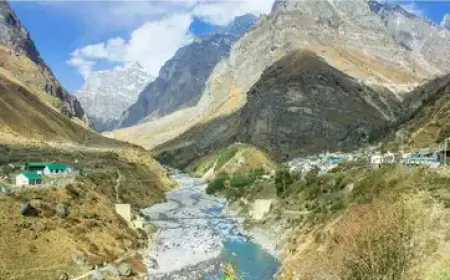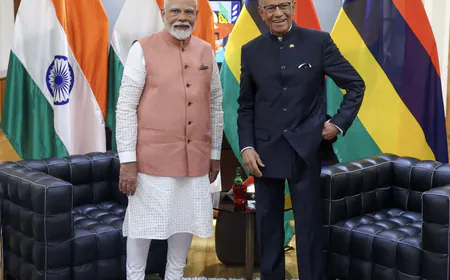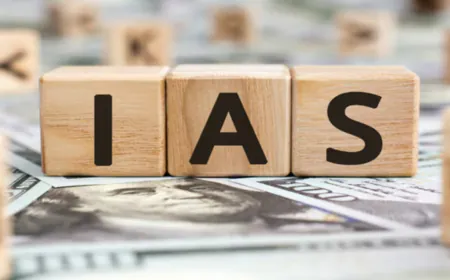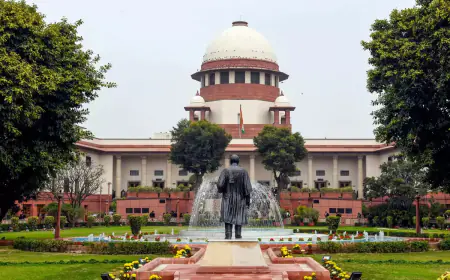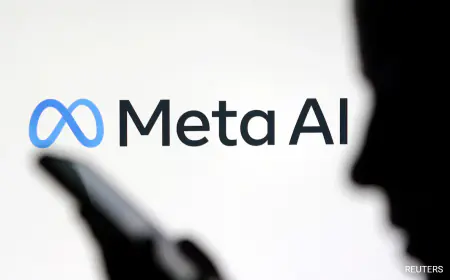RBI meeting starts from today: 0.25% interest rate hike may be announced
RBI meeting starts from today: 0.25% interest rate hike may be announced, 2.25% increase so far in this financial year
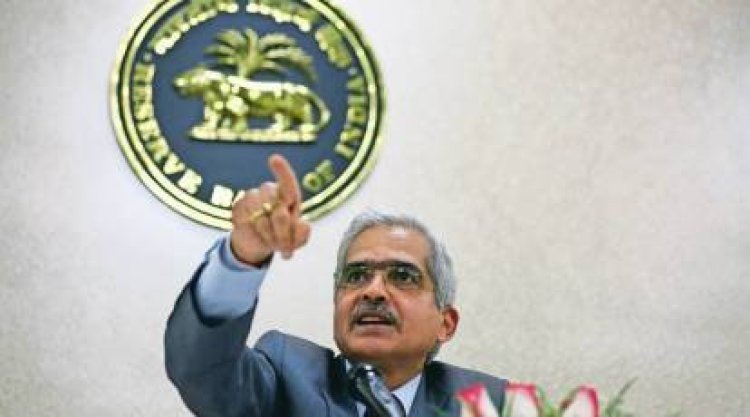
The monetary policy meeting of the Reserve Bank of India (RBI) has started today, i.e. from February 6, which will continue till February 8. According to experts, an increase in the repo rate may be announced in the RBI meeting. It is expected that RBI may increase the repo rate by up to 0.25%. Currently, the repo rate is 6.25%.
Monetary policy meets every two months. The first meeting of this financial year was held in April. Then RBI kept the repo rate constant at 4%. But the RBI increased the repo rate by 0.40% to 4.40% by calling an emergency meeting on the 2nd and 3rd of May. This change in the repo rate took place after 22 May 2020.
After this, in the meeting held from 6 to 8 June, the repo rate was increased by 0.50%. This increased the repo rate from 4.40% to 4.90%. Then in August, it increased by 0.50%, taking it to 5.40%. The interest rate went up to 5.90% in September. In December the interest rate was increased to 6.25%.
The repo rate is the rate at which RBI lends to banks. Banks give loans to customers with this loan. A lower repo rate means that many types of loans from the bank will become cheaper, while the reverse repo rate is just the opposite of the repo rate.
The reverse rate is the rate at which RBI gets interested in deposits from banks. Liquidity, that is, cash is controlled in the markets through the reverse repo rate. A stable repo rate means that the loan rates from banks will also remain stable.
When RBI lowers the repo rate, banks also lower interest rates most of the time. That is, the interest rates of the loan given to the customers are low, as well as the EMI also decreases. Similarly, when the repo rate increases, the loan becomes costlier for the customer due to the increase in interest rates. This is because commercial banks get money from RBI at higher rates, which compels them to raise rates.
For Latest News update Subscribe to Sangri Today's Broadcast channels on Google News | Telegram | WhatsApp







































.jpeg)



